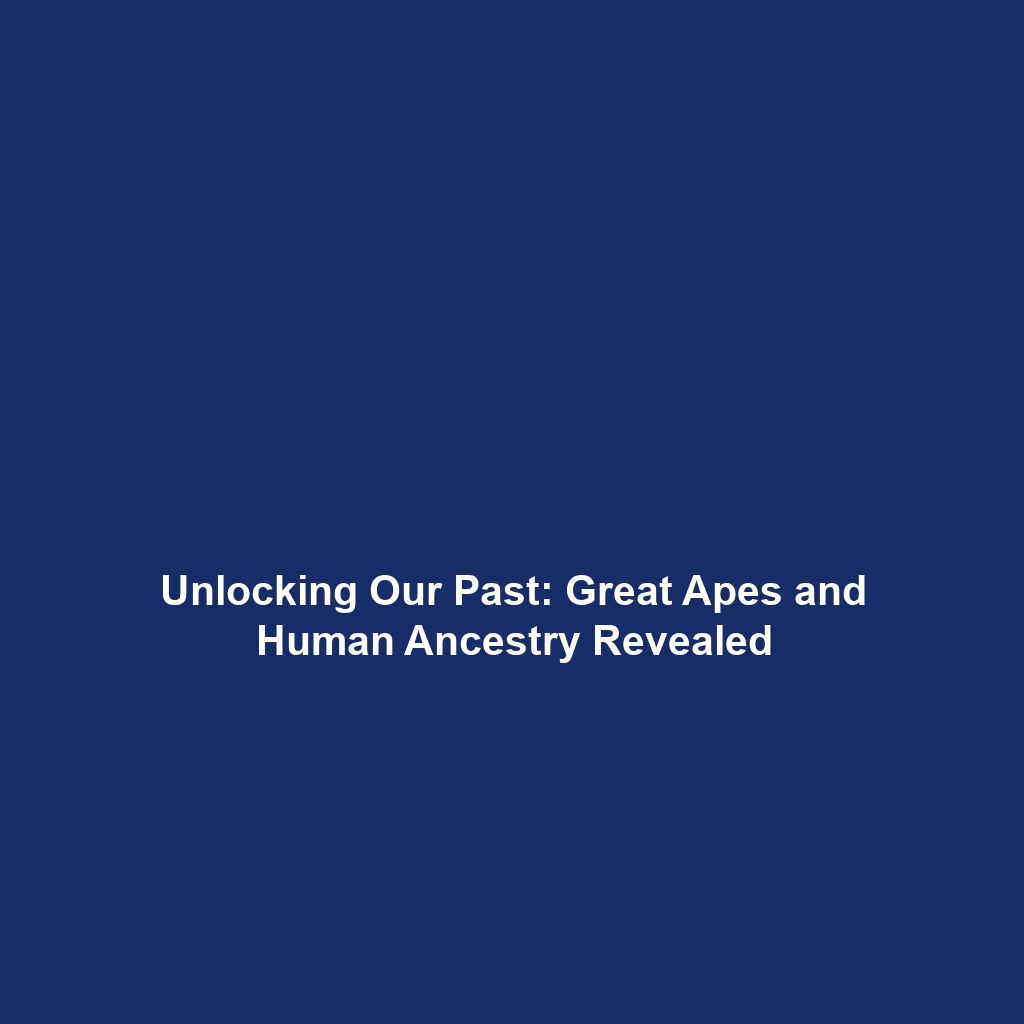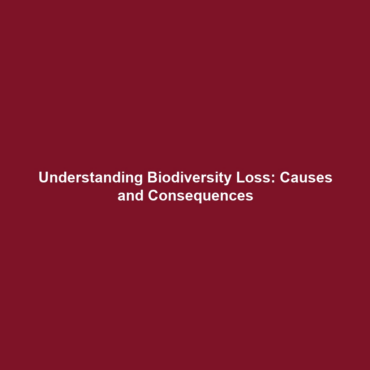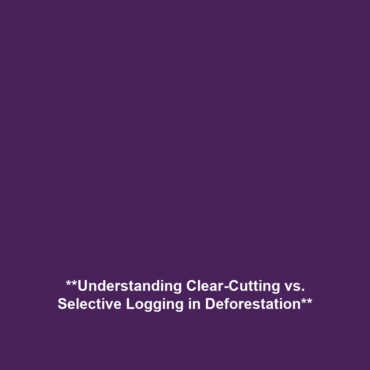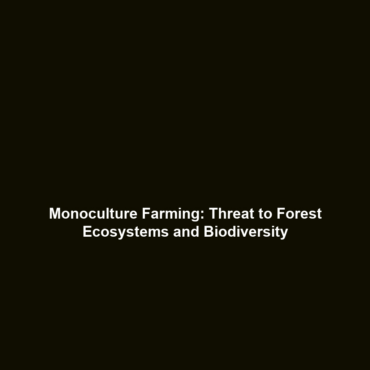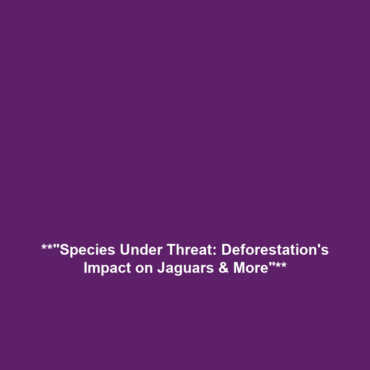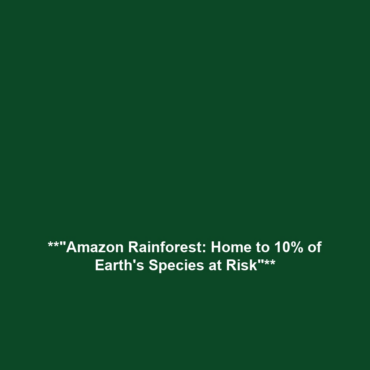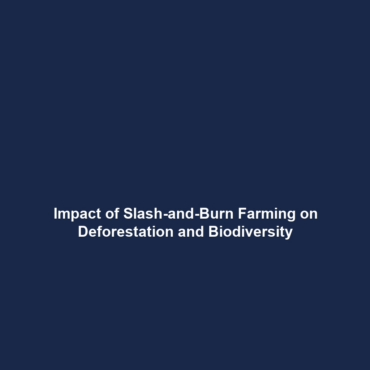Key Traits of Great Apes: Social Behavior, Tool Use, and Communication
Introduction
Understanding the key traits of great apes is crucial for unraveling the intricacies of human evolution. These traits—social behavior, tool use, and communication—offer a window into the cognitive and social capabilities of our closest relatives. By studying these attributes, researchers can draw parallels between great apes and early humans, shedding light on the evolutionary pathways that have shaped our species. This article delves into these significant traits and their implications in the broader context of both primate behavior and human evolution.
Key Concepts
Social Behavior
Great apes exhibit complex social structures that include family groups, alliances, and even intricate social hierarchies. Their social interactions are marked by cooperation, competition, and deep emotional bonds, which provide insights into the development of social behaviors in early humans.
Tool Use
Tool use among great apes, including chimpanzees and orangutans, demonstrates advanced cognitive skills. They utilize sticks to extract termites, stones to crack nuts, and leaves for sponges, showcasing a significant evolutionary trait that likely parallels early human tool-making abilities.
Communication
The communication methods of great apes range from vocalizations to body language, indicating an impressive capacity for conveying information. Understanding how these forms of communication evolved offers critical insights into the origins of human language and social interactions.
Applications and Real-World Uses
The study of key traits of great apes—social behavior, tool use, and communication—provides valuable applications in various fields:
- Conservation Efforts: Understanding ape behavior aids in the development of more effective conservation strategies to protect these species.
- Anthropology: Research findings inform anthropological models of human evolution, elucidating the impact of social structures on human development.
- Robotics and AI: Insights into ape tool use and problem-solving contribute to advancements in robotics and artificial intelligence.
Current Challenges
Despite the rich insights gained from studying great apes, various challenges persist:
- Habitat Loss: Deforestation and habitat destruction impede research on natural behaviors.
- Ethical Considerations: Maintaining ethical standards in research that involves great apes can limit certain experimental approaches.
- Funding Limitations: Securing funding for long-term studies remains a significant hurdle.
Future Research and Innovations
Future research holds the potential for groundbreaking discoveries in the study of great apes:
- Genomic Studies: Advances in genomic technologies are paving the way for new insights into the genetic similarities and differences between humans and great apes.
- Behavioral Studies: Enhanced observational technologies will allow researchers to monitor behaviors in real-time, revealing new dimensions of social interactions.
- AIs in Analysis: Machine learning and artificial intelligence are being applied to analyze primate communication patterns and tool use more efficiently.
Conclusion
The exploration of key traits of great apes—social behavior, tool use, and communication—offers profound insights into their evolutionary significance and relevance to human evolution. As research continues to evolve, it is crucial to support conservation efforts and scientific inquiry for the benefit of both great apes and humanity. For those interested in delving deeper into this topic, visit our related articles on primate conservation and evolutionary anthropology.

